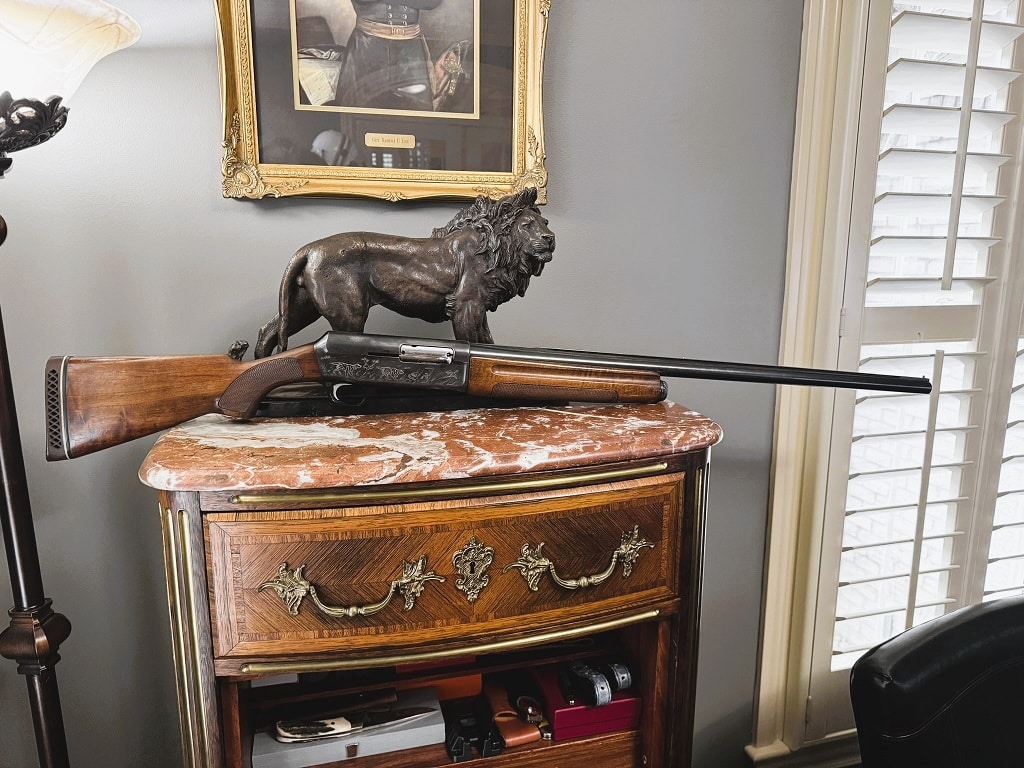Major News Headlines about Handguns and Firearms (1946-1964)
These headlines reflect the evolving landscape of firearm ownership, regulation, and the societal impacts of gun violence from 1946 to 1964. The period was marked by a mix of post-war adjustments, legal challenges, and high-profile incidents that shaped the national discourse on firearms in America.
1946: Post-War Firearm Surge
"Surplus Firearms Flood Market Following WWII"
The end of World War II saw a massive influx of surplus firearms entering the civilian market. Military rifles, handguns, and other equipment were sold at a fraction of their original cost, leading to a significant increase in firearm ownership among civilians.
Source: "The War Surplus Act of 1944," United States Department of War, 1946.
Reference: "Firearms Market Post-WWII," American Rifleman, 1946.
1949: The Sullivan Act Challenge
"Supreme Court Upholds New York's Sullivan Act"
In a landmark decision, the U.S. Supreme Court upheld New York's Sullivan Act, which required permits for firearm possession. This ruling set a precedent for state-level gun control laws and was a pivotal moment in the ongoing debate over the Second Amendment.
Source: "New York v. Sullivan Act Decision," United States Supreme Court, 1949.
Reference: Gun Control in the United States: A Historical Survey, by Robert J. Spitzer, 1995.
1950: Korean War Influence
"American Soldiers Equip with Advanced Firearms in Korea"
The Korean War showcased the use of advanced firearms technology by American forces. Innovations in automatic weapons and rifles were widely reported, influencing both military and civilian firearm markets.
Source: "Korean War Firearms Technology," Military History Journal, 1950.
Reference: "Weaponry of the Korean War," The Journal of Military Ordnance, 1951.
1954: Supreme Court and Gun Control
"Supreme Court Reviews Federal Firearms Act"
The U.S. Supreme Court reviewed cases related to the Federal Firearms Act of 1938, reaffirming the government's ability to regulate interstate firearm sales. This decision was a critical moment in the federal oversight of firearm distribution.
Source: "Federal Firearms Act Review," United States Supreme Court, 1954.
Reference: The Federal Firearms Act: Legislative History and Judicial Interpretation, by Leonard W. Levy, 1960.
1957: The Assassination of Albert Patterson
"Political Violence Strikes Alabama: Albert Patterson Assassinated"
Albert Patterson, an anti-corruption crusader running for Alabama Attorney General, was assassinated with a handgun. His death underscored the lethal intersection of politics and firearms in the American South during the civil rights era.
Source: "Albert Patterson Assassination," The Montgomery Advertiser, 1957.
Reference: The Politics of Violence: The Case of Albert Patterson, by William F. Winter, 1965.
1959: Alaska and Hawaii Statehood
"New States Bring Unique Firearm Laws"
With Alaska and Hawaii achieving statehood, both states introduced distinctive firearm regulations. This transition period saw extensive discussions on how these new states would align with federal firearm policies.
Source: "Firearm Regulations in New States," Juneau Empire, 1959.
Reference: "Statehood and Firearm Legislation," Honolulu Star-Bulletin, 1959.
1963: The Assassination of President John F. Kennedy
"Tragedy in Dallas: President Kennedy Assassinated"
On November 22, 1963, President John F. Kennedy was assassinated in Dallas, Texas, by Lee Harvey Oswald using a Mannlicher-Carcano rifle. This event shocked the nation and led to increased scrutiny and subsequent reforms in firearm regulations and presidential security measures.
Source: "Assassination of John F. Kennedy," Dallas Morning News, 1963.
Reference: The Kennedy Assassination: 24 Hours After, by Steven M. Gillon, 2009.
1964: Gun Control Act Introduction
"Congress Debates Gun Control Act"
Following the JFK assassination and rising gun violence, Congress began debating a Gun Control Act, which did not come about until four years later in 1968, in the aftermath of the Bobby Kennedy and Martin Luther King shootings.
Source: "Congressional Record: Gun Control Act Debates," U.S. Congress, 1964.
Reference: Gun Control in the United States: A Historical Survey, by Robert J. Spitzer, 1995.
The Baby Boom was driven by several factors, including economic prosperity, advances in healthcare, and a sense of optimism and stability following the war. Soldiers returning home were eager to start families, and the period saw a rise in marriage rates and the establishment of suburban communities, which became symbols of the American Dream.
Here are just a few examples from my Baby Boom Period Collection.










